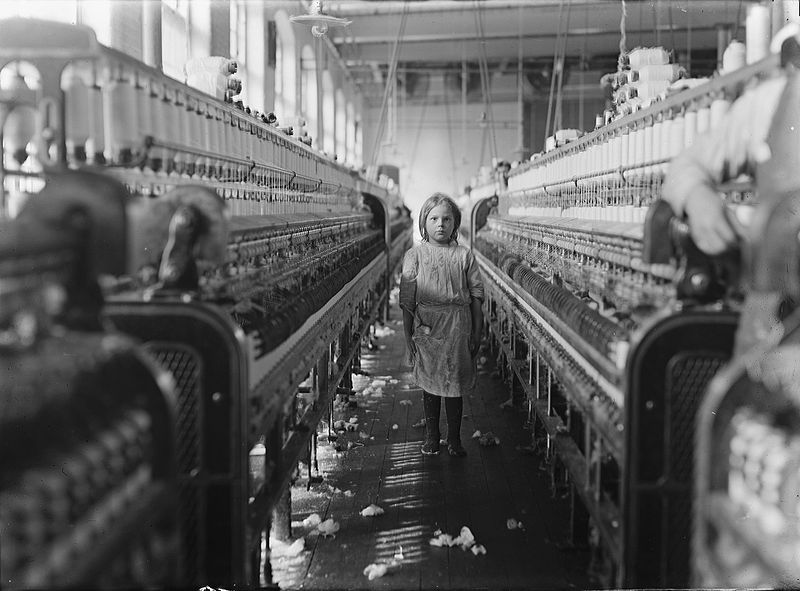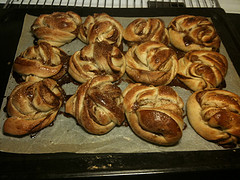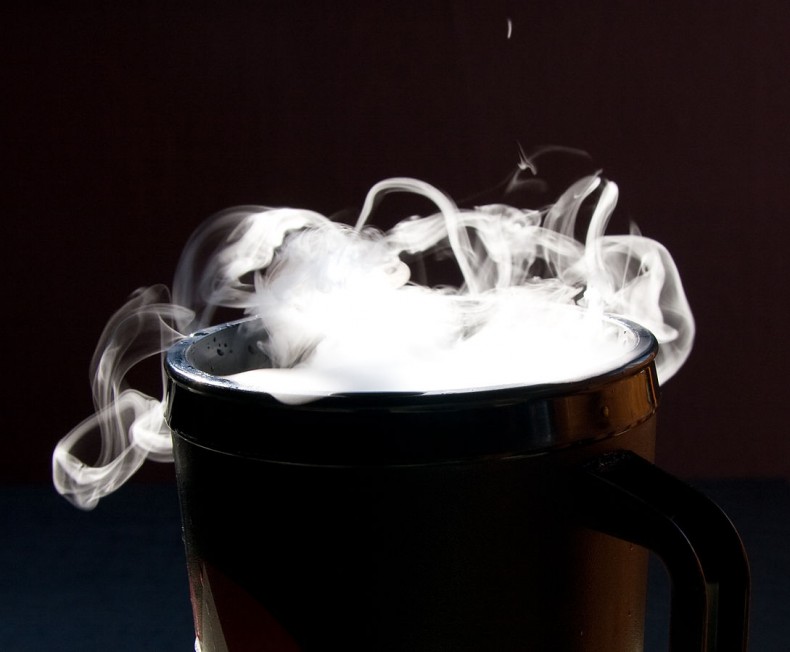Something astonishing happened on Canada’s west coast in late August and early September, something that took my breath away. The sockeye salmon returned to the Fraser River in such vast numbers that fishery scientists could scarcely believe what was happening. In July, they predicted a run of 11.4 million salmon. Four weeks later, when the sockeye began massing at the mouth of the Fraser, they bumped up the estimate to 25 million.
Then, on September 1st, as the fish began their arduous journey upriver, researchers came up with a new figure. As many as 34 million fish, they calculated, had entered the river–the largest Fraser River run since 1913. People flocked to the docks, snapping up fish at a $1 a pound. Barbeques sizzled, and all Vancouver seemed to be caught up in a kind of salmon euphoria, a caloric contentment that looked to be contagious.
Lurking just beneath the festive surface, however, was a deep puzzlement. Recent years have seen a catastrophic decline in the Fraser River sockeye stocks, most likely due to a lethal combination of overfishing, habitat loss, climate change and diseases spread by fish farms. Last year, fewer than 2 million sockeye turned up–less than 2 percent of the river’s estimated peak levels–prompting the Canadian government to launch an official public inquiry into what had gone so terribly wrong. Continue reading





